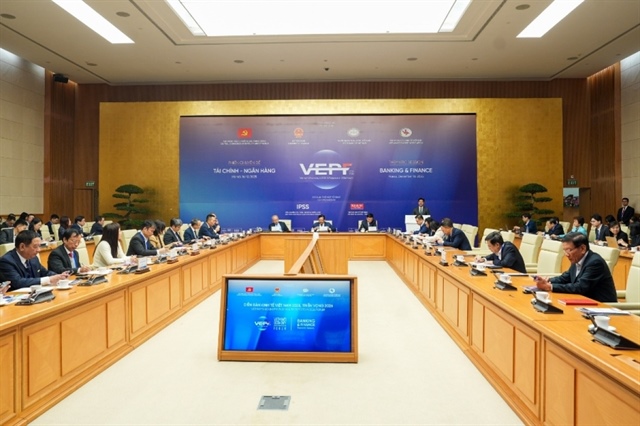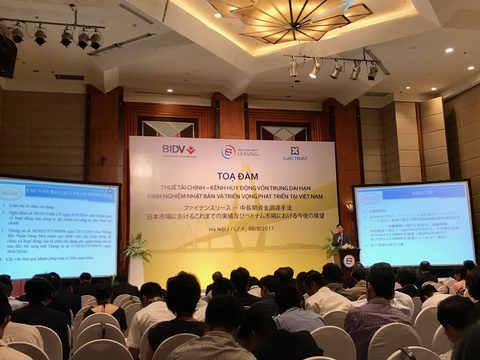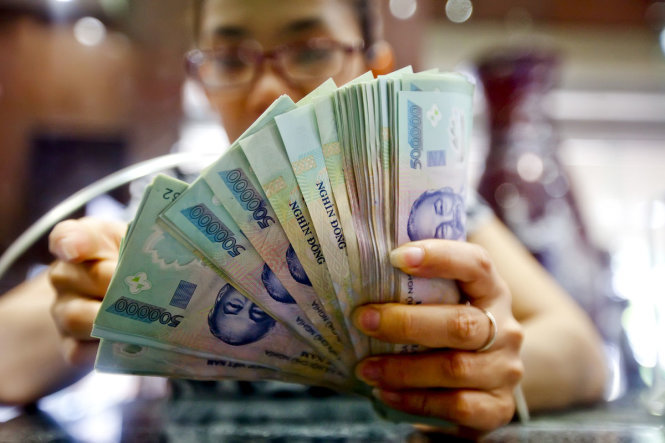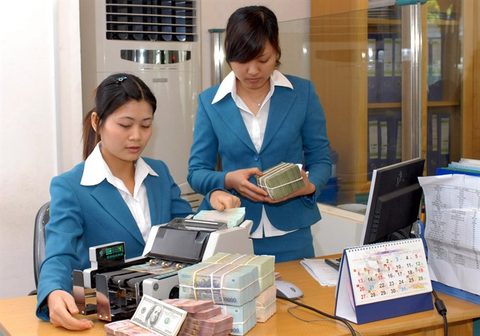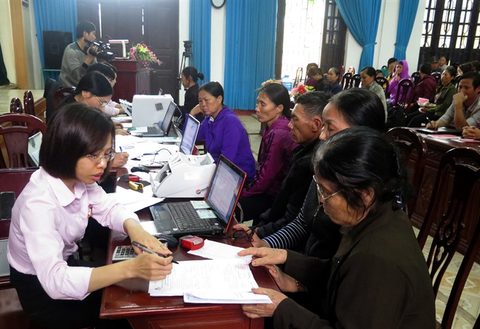Overseas remittances under downward pressure
Overseas remittances under downward pressure
Although the amount of remittance flows into Ho Chi Minh City in the first eight months of 2017 slightly increased compared to the same period last year, it is forecasted that the city’s overseas remittances might still decrease by the end of the year, mainly due to pressure from the Federal Reserve System's (Fed) policy.
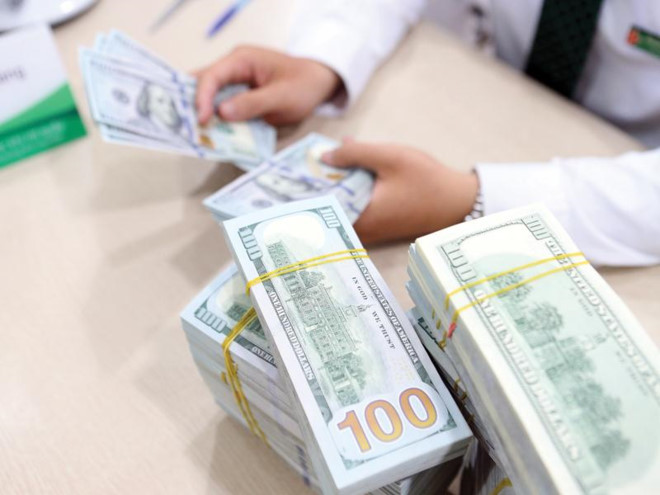
A slight increase
Nguyen Hoang Minh, deputy director of the State Bank of Vietnam (SBV)’s Ho Chi Minh City brand, said that in the first eight months of 2017, remittance flows into Ho Chi Minh City through official channels was $3 billion, a growth of 5 per cent on-year. For the first half of 2017, the city’s overseas remittances were $2.1 billion.
According to Minh, as usual, of all the total overseas remittance flows into Ho Chi Minh City, transfers from the US accounted for 60 per cent and from Europe 19 per cent. Meanwhile, the ending months of a year usually brings an increase in remittances, however, Minh worried that it would not be so this year.
Overseas remittances into Vietnam have been constantly increasing since 2010 and reached a record high of $13.2 billion in 2015, then decreased by 33 per cent in 2016. One of the reasons for this reduction is believed to be the zero deposit rates on foreign currencies in Vietnam.
A provider of overseas remittance services in Vietnam said this year his company's prospects are rather bleak. The reason is that with the zero deposit rates on the USD and the stabilised exchange rate, there is almost no chance for speculations or earnings on savings - the segment accounting for most overseas remittance flows, overseas Vietnamese have been sending less to their families and relatives in Vietnam.
Besides, for many years, real estate has been an attractive field luring in huge overseas remittances. Thus, the recent fluctuations of this industry have had a wholesome negative influence.
Overseas remittances are one of the sources that help offset trade deficit and significantly contribute to Vietnamese foreign exchange reserves. However, according to financial analysts, the global economy is facing numerous challenges and investors are more careful in their investment decisions, so it is easy to understand why overseas remittances reduced.
Fed pressure
Recently, Janet Yellen, chairman of the Fed, said that the Fed may hike interest rate three times in 2018. It is forecasted that the VND/USD exchange rate in the next four or five months will be on the upward trend, but the growth will be gradual and controlled by SBV. This will affect the supply of remittances from the US, which accounts for the majority of total overseas remittances into Vietnam.
Not only Vietnam, but many other developing countries in the world see the decrease in overseas remittances. According to the latest report of the Word Bank, India was the country with the highest overseas remittance inflows in 2015, but these inflows were reduced by 5 per cent in 2016. Similarly, Bangladesh, Pakistan, and Sri Lanka also reported a decline in overseas remittances of 3.5, 5.1, and 1.6 per cent, respectively.
However, financial analysts said that zero deposit rates in Vietnam may not be the main reason for the reduction of overseas remittances into the country.
Saigon Securities Incorporation (SSI), a leading securities company in Vietnam, said that this SBV policy is accurate because by maintaining a zero deposit rate on the USD, SBV has reduced the risk of dollarisation and stabilised the VND/USD exchange rate.
SSI said that Fed policy is the main reason for the reduction of overseas remittances to Vietnam.
Recently, the majority of overseas remittances has derived from the country's labour export. Thus, to raise overseas remittances, it is necessary to ensure high labour quality and expand the labour export market.




